Description
Description: A Chinese Blanc de Chine censer of minute size, very finely potted and decorated. The main, low relief molded decoration, is represented by the Endless knot and the Two fishes, which are two of the Eight Auspicious Symbols (See the Notes below). The handles are shaped as archaistic dragons and there are three lion masks on the feet.
Dating: 18th century. This censer has been dated as Kangxi by the late Michael Vermeer from “Vermeer and Griggs”.
Size: 6.4 cm diameter
Provenance: Carlo Cottarelli Collection. About this collection, see the ceramic snuff bottle C2.
References: We have not found, at the date, any reference for a similar small Dehua censer, even less of this fine quality.
Notes: From Wikipedia:
“The Ashtamangala is a sacred suite of Eight Auspicious Signs endemic to a number of religions such as Hinduism, Jainism, and Buddhism. The symbols or “symbolic attributes” are yidam and teaching tools. Not only do these attributes (or energetic signatures) point to qualities of enlightened mindstream, but they are the investiture that ornaments these enlightened “qualities”. “
“The endless knot or eternal knot is a symbolic knot and one of the Eight Auspicious Symbols. It is an important symbol in Hinduism, Jainism and Buddhism. It is a cultural marker in places significantly influenced by Tibetan Buddhism such as Tibet, Mongolia, Tuva, Kalmykia, and Buryatia. It is also found in Celtic and Chinese symbolism.”
“The two golden fish symbolize the auspiciousness of all sentient beings in a state of fearlessness without danger of drowning in saṃsāra. The two golden fishes are linked with the Ganges and Yamuna nadi, prana and carp: the two fishes originally represented the two main sacred rivers of India – the Ganges and Yamuna. These rivers are associated with the lunar and solar channels, which originate in the nostrils and carry the alternating rhythms of breath or prana. They have religious significance in Hindu, Jain and Buddhist traditions but also in Christianity (the sign of the fish, the feeding of the five thousand). In Buddhism, the fish symbolize happiness as they have complete freedom of movement in the water. They represent fertility and abundance. Often drawn in the form of carp, which are regarded in the Orient as sacred on account of their elegant beauty, size, and life-span.”
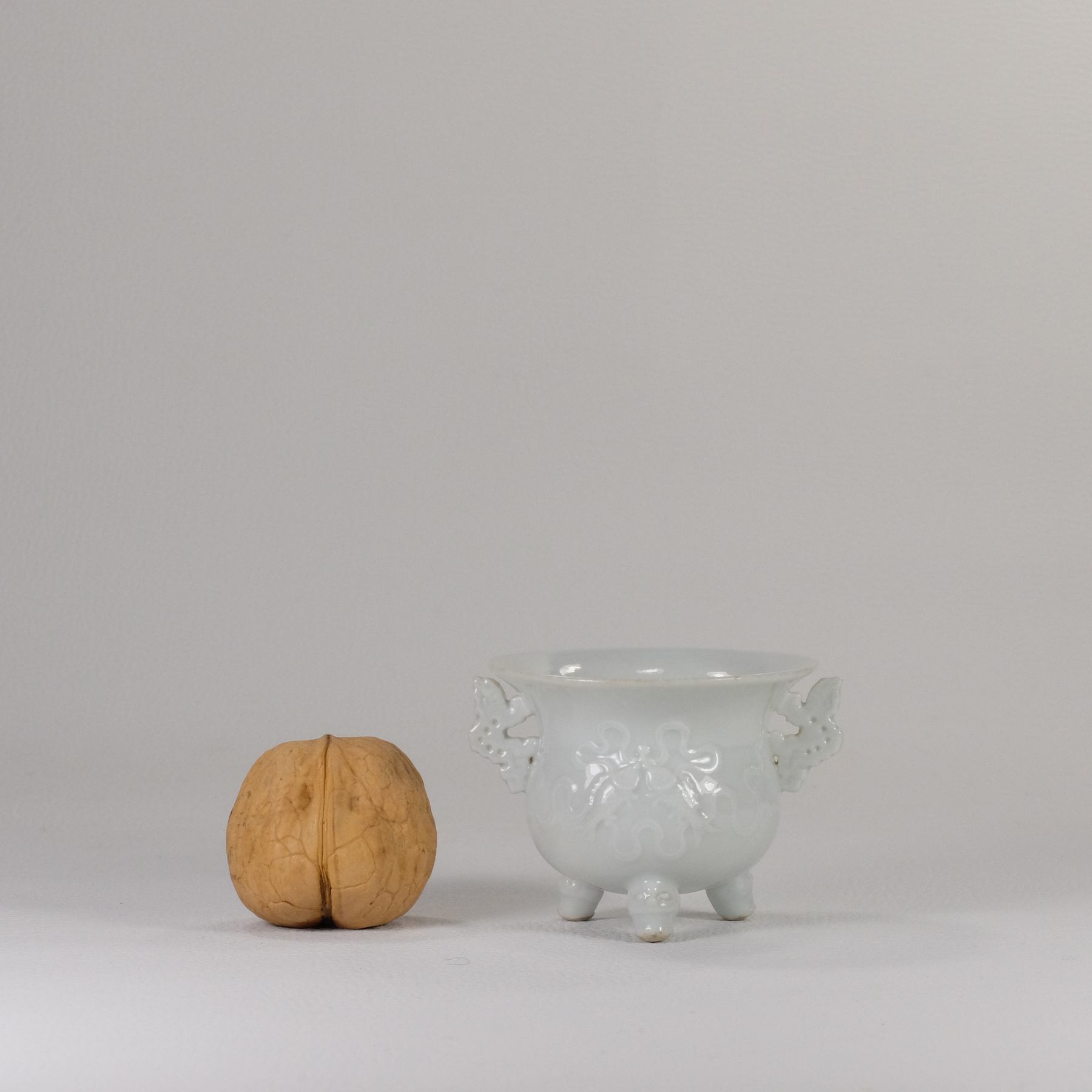
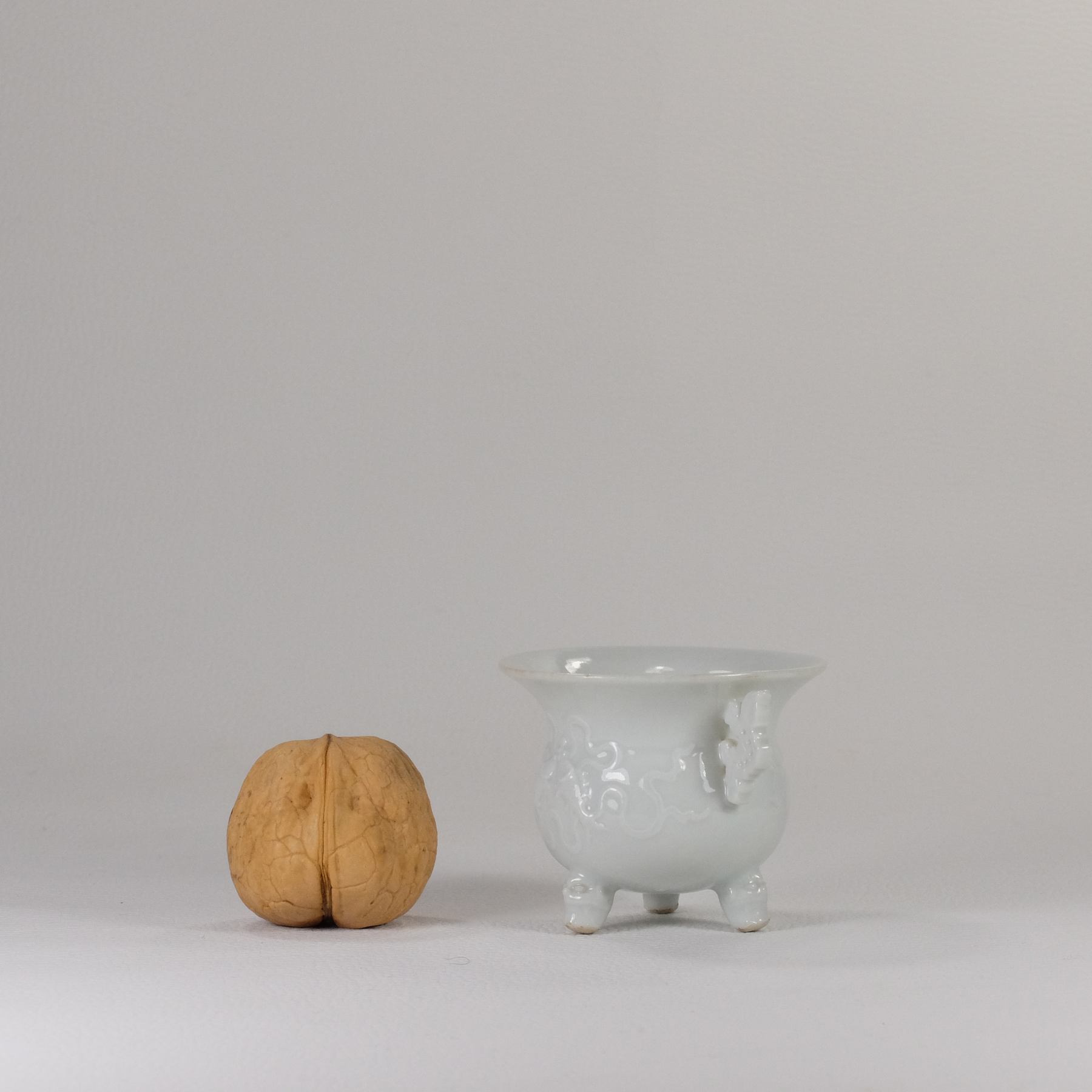
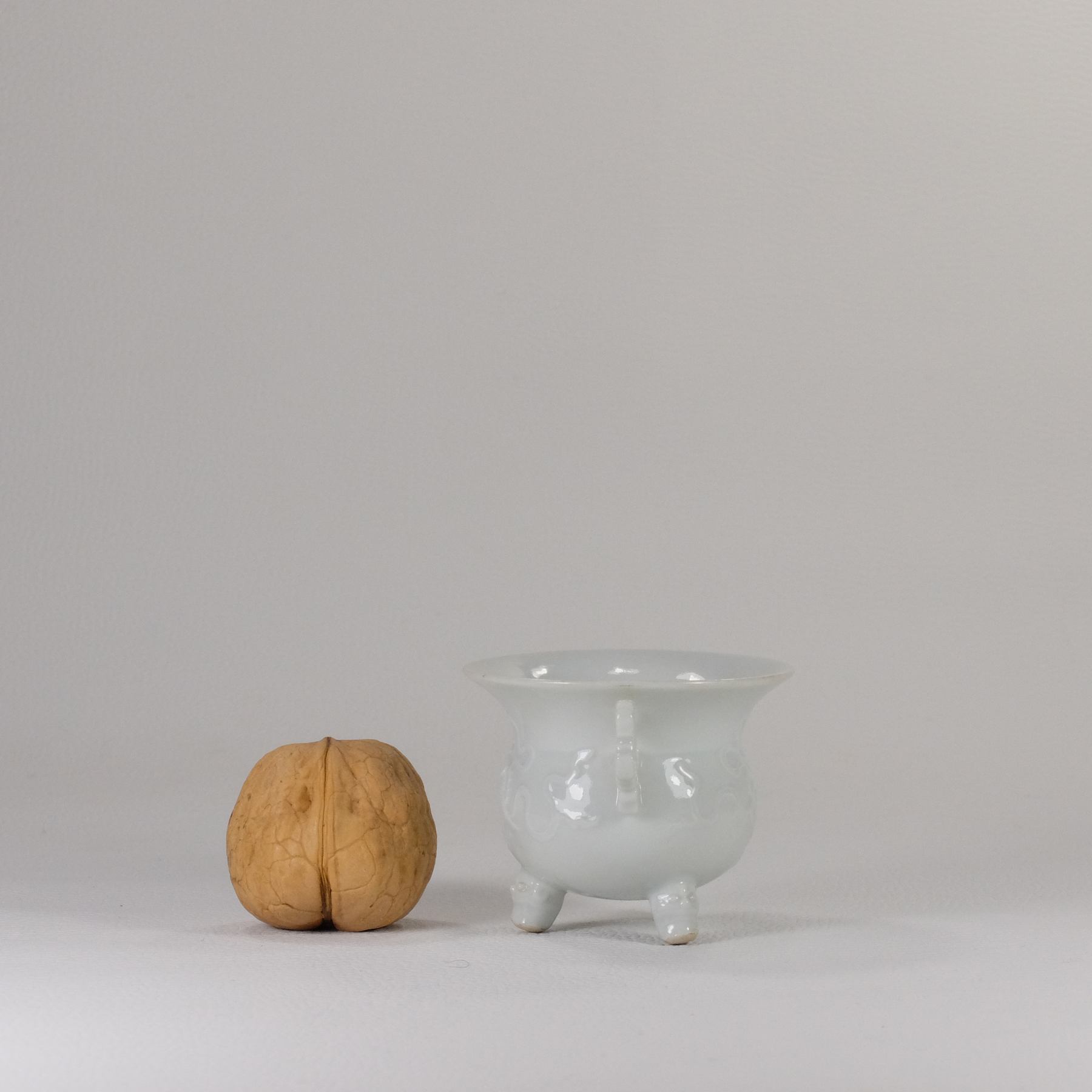
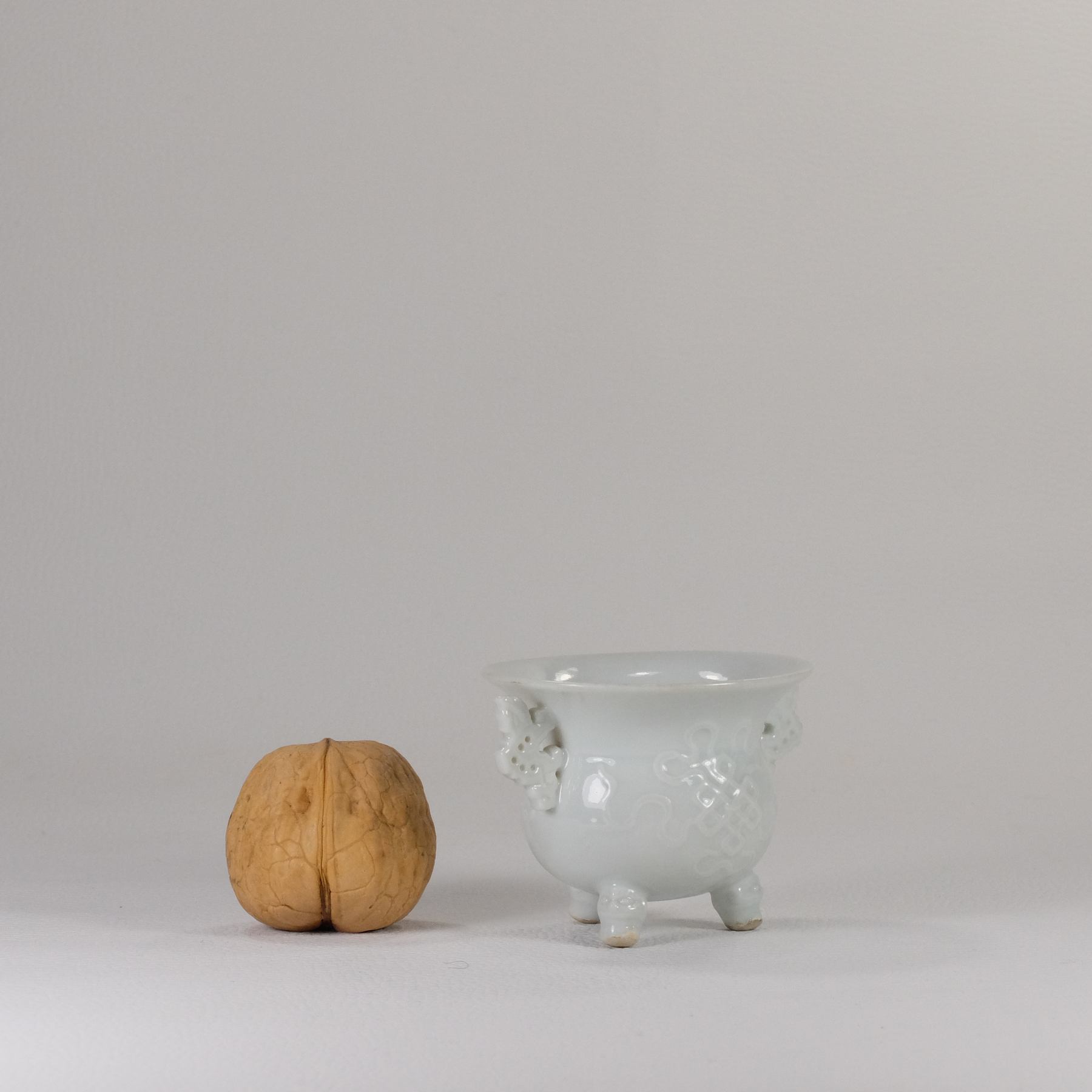
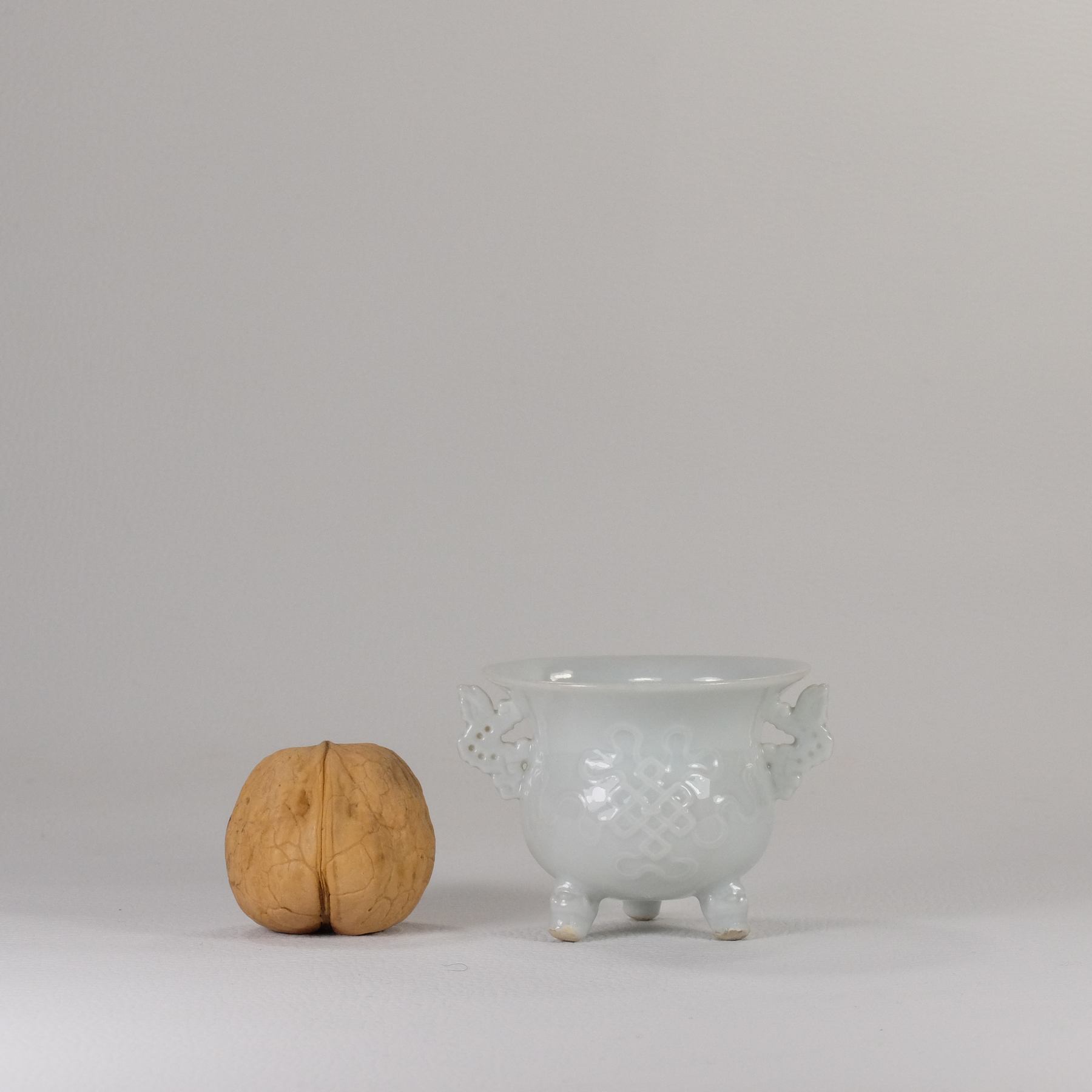
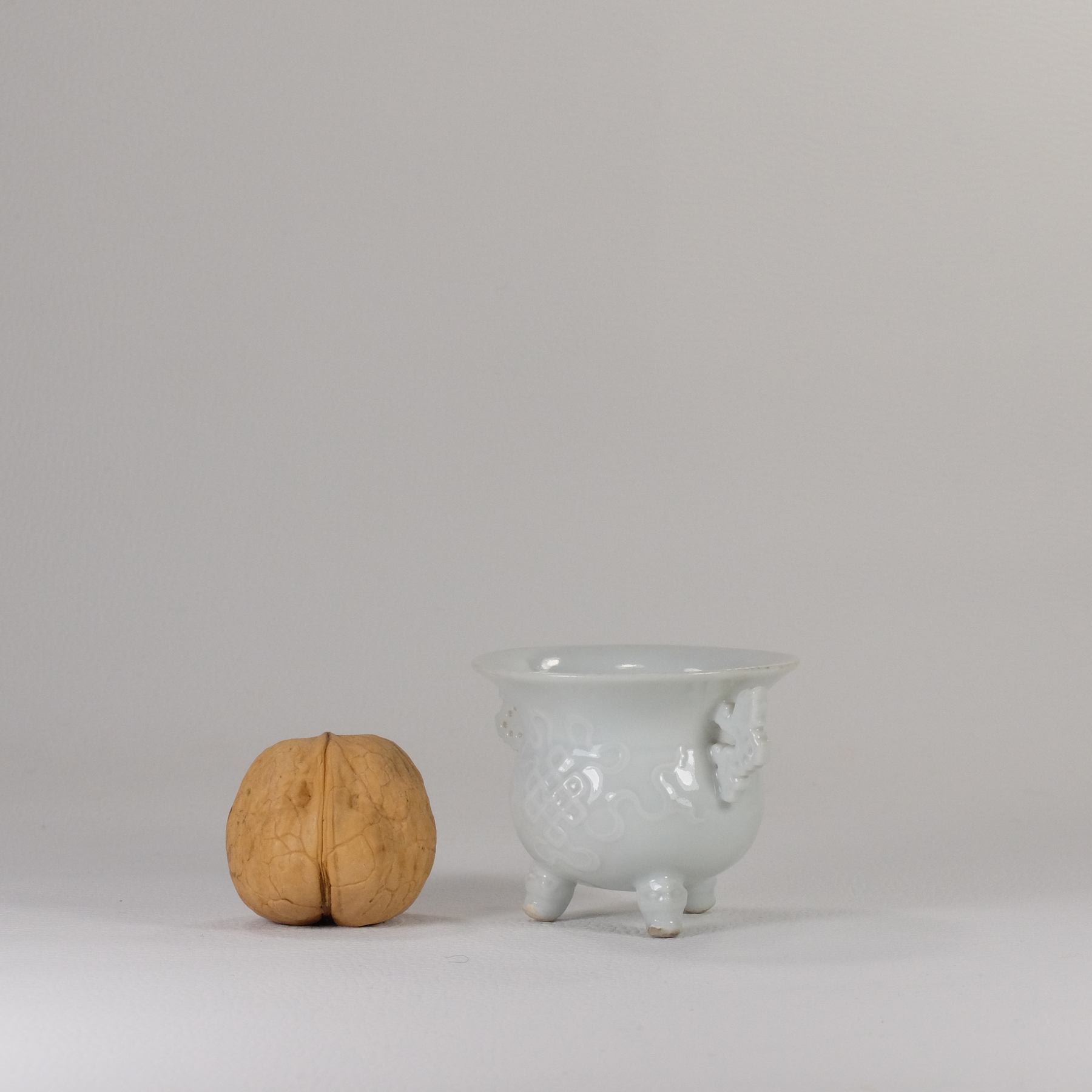
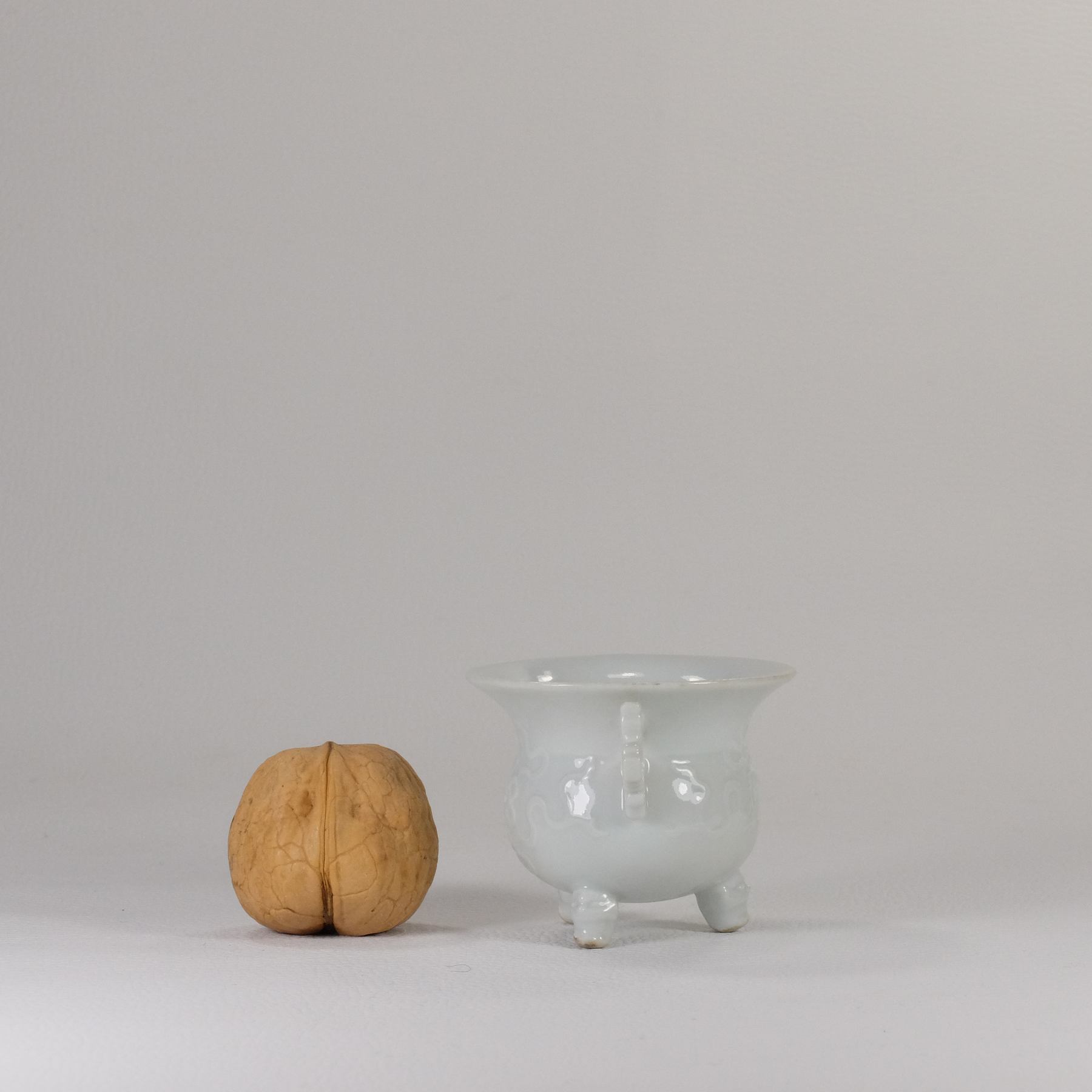
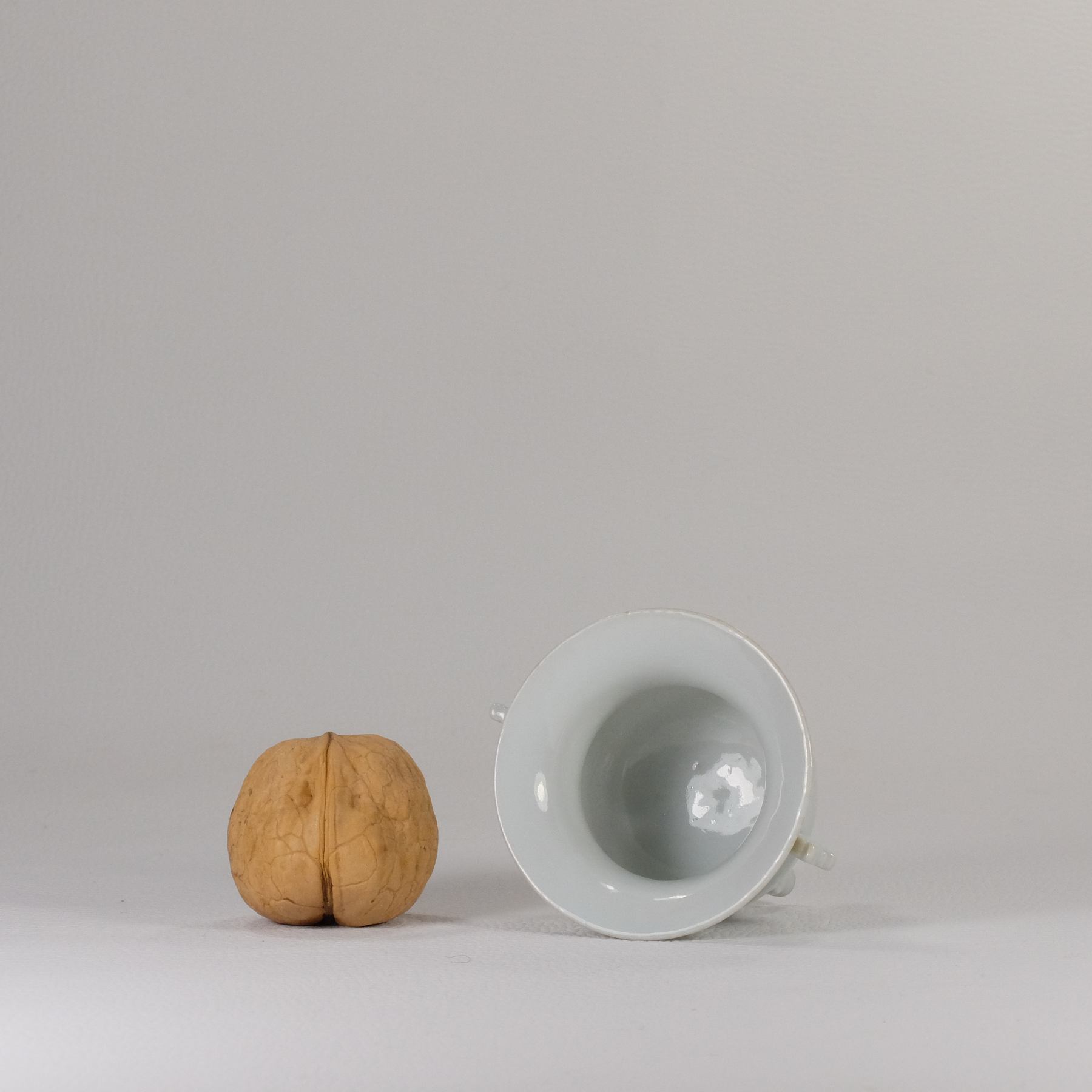
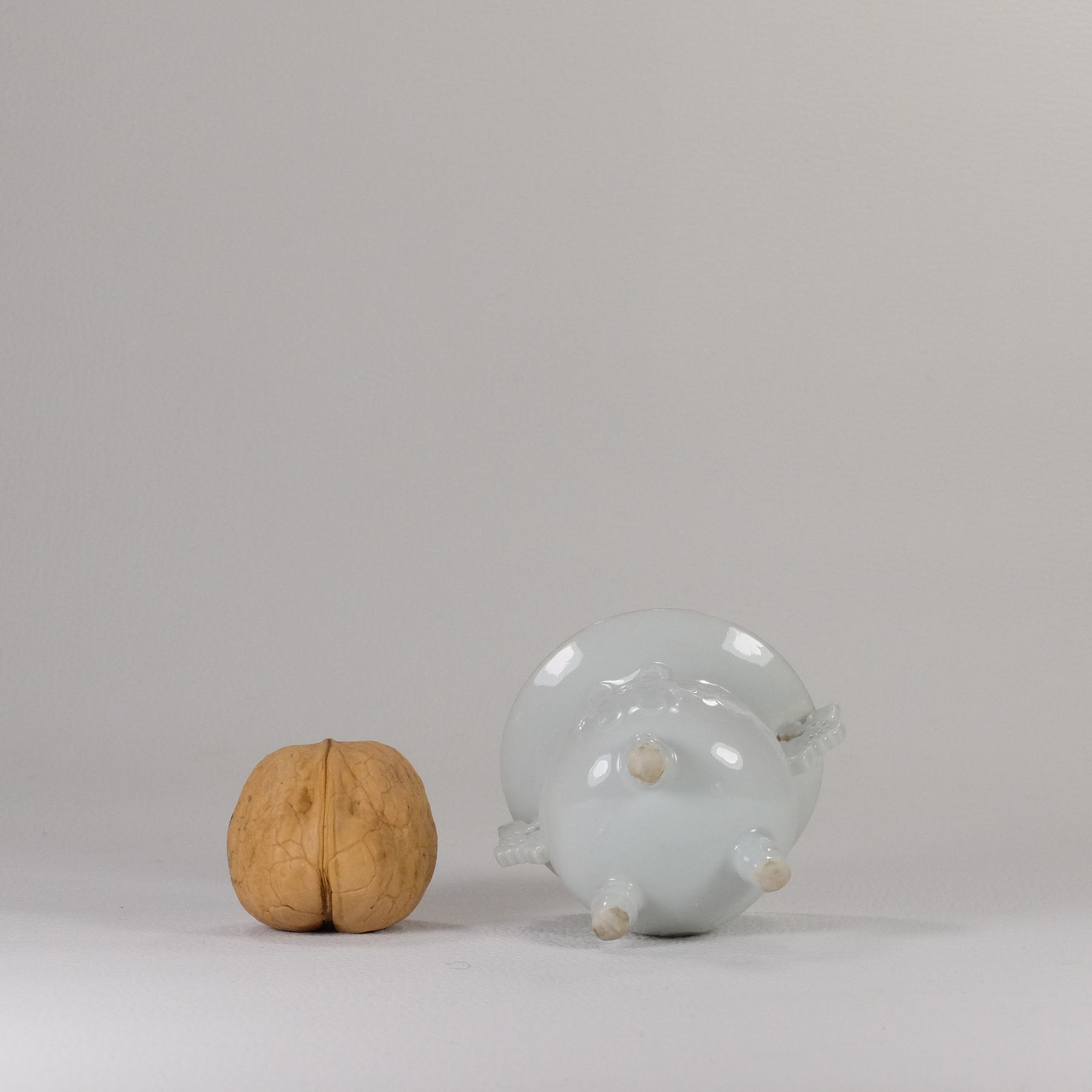

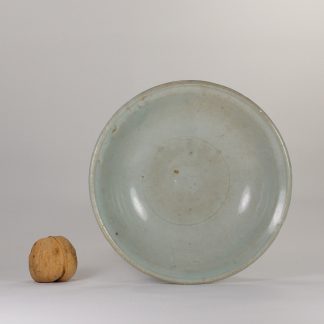

Reviews
There are no reviews yet.